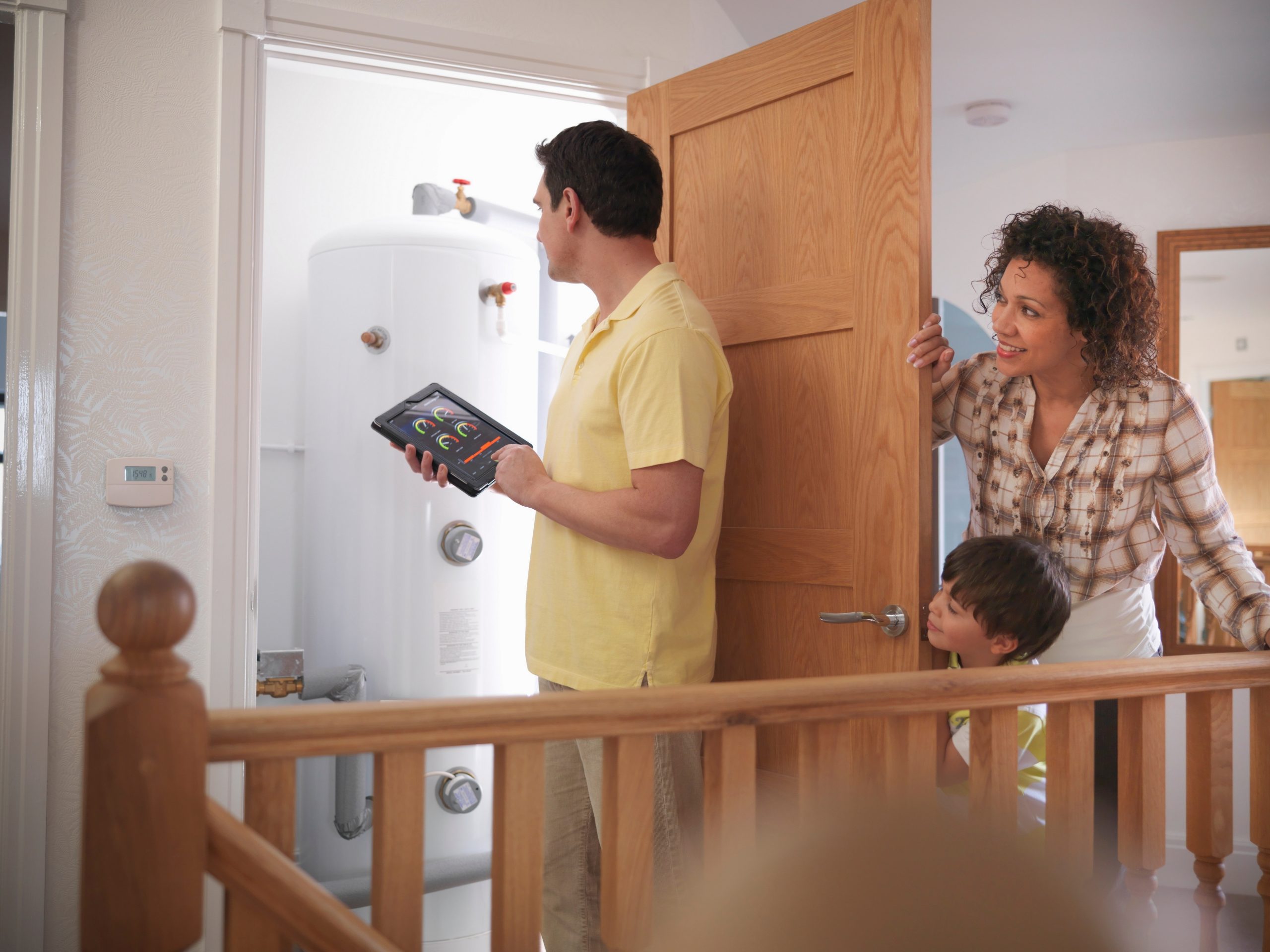An energy-efficient home presents many benefits, including lower utility bills, improved indoor comfort, and minimized environmental footprint. The good news is you can achieve all these advantages with just a few inexpensive tweaks in and around your property. Here are eight unique ways to boost energy efficiency in your home.
1. Upgrade Shades and Drapes
Did you know installing cellular drapes can reduce unwanted solar heat gain by up to 60% during winter? They can also minimize heat loss through windows by up to 40% during the warmer months.
These simple measures can significantly impact energy efficiency and increase the thermal comfort in your home. Beyond installing better curtains, keep doors and windows closed to prevent heat or cold from escaping outdoors.
2. Maximize Residual Heat
Your home uses more energy during the cold season since you’ll likely spend more time indoors. Maximizing residual heat from everyday activities can increase efficiency and save you money. For instance, you could slow-cook your meals or open the oven door as it cools down so the heat energy wafts through your home. You can also leave the bathroom open after a steamy shower to let the warm air permeate nearby spaces.
Another option is to install reverse ceiling fans. Reversing the fan blades’ spin direction pushes warm air back down, making the room feel warmer without the additional strain on your home furnace.
3. Tint Your Windows
Applying a thin film to the surface of your windows is an inexpensive way to ramp up your home’s energy efficiency year-round. During summer, tinted windows reflect solar heat away from your home, keeping indoor temperatures cooler. In the winter, tinted windows prevent heat from escaping, keeping internal spaces warmer.
Tinting your windows is relatively easy and only costs around $5-$15 per square foot. Beyond improving energy efficiency, tinted glass surfaces reduce glare and add privacy, enhancing overall comfort.
4. Install a Demand-Type Water Heater
According to the Department of Energy, water heating is the second-largest consumer of energy in your home. Switching to a tankless or instantaneous water heater can minimize energy use and improve efficiency. These tank systems provide hot water only when needed, eliminating the standby energy losses associated with traditional storage heaters.
Moreover, it means you and your family can enjoy a constant hot water supply without waiting for a storage tank to fill up. One drawback to keep in mind is that the initial installation costs of tankless water heaters are much higher than a conventional tank storage system. However, long-term energy savings can offset these expenses.
5. Replace Air Filters
Look at the air filters in your home appliances, particularly in your heating and cooling systems. If they’re dusty or otherwise clogged, consider replacing them or at least have them thoroughly cleaned. Dirty filters make your HVAC equipment work harder to maintain your preferred indoor temperature, which in turn increases the rate of energy consumption.
Regularly changing your air filters will also improve air quality and minimize the risk of fire hazards. That being said, replacing filters often can impact your wallet. It often makes more sense to opt for higher-quality screens that don’t require frequent changing.
6. Switch to a Lighter-Colored Roof
Darker colors are known for their heat-absorbing properties, making indoor spaces considerably hotter. That means more work for your cooling system and, by extension, higher utility bills. On the other hand, lighter-colored roofs reflect heat away from your home, minimizing the energy required to maintain a cool interior.
However, note that changing your roofing system can be costly. Plus, if you don’t get it right the first time, you’ll often have to redo the entire process. That’s why working with roofing experts who offer stellar labor and material warranties is crucial. Remember, roofing is not a DIY job.
7. Eliminate Energy Vampires
No, this doesn’t mean you should break out the stakes and garlic. Energy vampires simply refer to appliances that use power even when not in use. Coffee makers, game consoles, phone chargers and several other constantly plugged-in gadgets in your home could be driving up energy consumption without you knowing.
These phantom plug loads draw relatively little standby power but quickly add up, accounting for up to 20% of your electric bill. This means you could save a lot or money just by unplugging appliances in your home when you’re not using them. Consider moving these devices onto a power strip, allowing you to turn multiple appliances on or off simultaneously.
8. Plant Trees Around Your Home
Strategically positioned trees can save up to 25% of the energy used in a typical household. They provide relief from the sun, lowering the temperature around your home and improving the efficiency of your HVAC system. A row of trees and hedges outside your property can also protect against strong winds and inclement weather.
The obvious drawback here is the time required for your landscaping to fully grow before you can realize the energy-saving benefits. You could opt for rapidly growing trees like poplars and cypresses as a workaround.
Increase Your Home’s Energy Efficiency
Amid rising energy costs and growing concerns about environmental impact, improving your home’s energy efficiency is more crucial than ever. Take advantage of these unique methods to enjoy higher savings on your utility bills and sleep better, knowing you’re doing your part in promoting a sustainable future.

This post was written by Evelyn Long for the Kari Haas Real Estate Team blog.
Evelyn Long is the Editor-in-Chief of Renovated Magazine and a writer with a focus in the real estate sector. Her passion is to make the real estate market easier for young homeowners as they navigate buying, maintaining, and selling homes.
 Facebook
Facebook
 X
X
 Pinterest
Pinterest
 Copy Link
Copy Link
